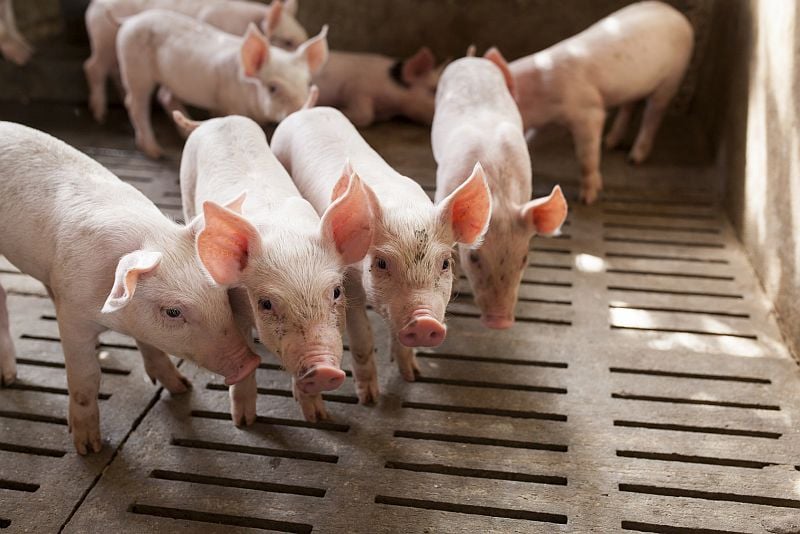Search Rx Local on your web browser or download Rx Local today on the App Store or Google Play
Get Healthy!

- Posted July 28, 2023
'Swine Flu' Strain Has Passed Between Humans & Pigs Hundreds of Times
It's well known that some viruses make the leap from animals to humans, but a new study shows the influenza strain responsible for the 2009 H1N1 pandemic has been particularly prolific in hopping between species.
That strain, called pdm09, has passed from humans to swine about 370 times since the pandemic, researchers report. Further, subsequent circulation in swine prompted the evolution of new pdm09 variants that then jumped back to humans, researchers found.
Influenza A can cause the flu in humans, birds, swine and some other mammals, researchers said in background notes. It's also known that evolutionary changes that occur while passing among swine can make the flu virus more likely to cross back and infect humans.
To better understand the risk, researchers analyzed pdm09 transmission data between 2009 and 2021. They were led by Alexey Markin, a postdoctoral fellow in the U.S. Department of Agriculture-Agricultural Research Service.
The team also investigated how these interspecies events might have affected the genetic diversity of the virus in swine and the risk of subsequent human infection.
The analysis showed that, since 2009, pdm09 has crossed from humans to swine about 370 separate times, with most of these events occurring when pdm09 was circulating heavily among humans.
During the COVID pandemic in 2020 and 2021, pdm09 circulation among humans dropped, but pdm09 circulation persisted in swine as a result of about 150 human-to-swine transmissions that occurred between 2018 and 2020, researchers said.
Most human-to-swine transmission events were isolated, but a few led to sustained circulation of different pdm09 genetic lineages among swine in the United States, researchers found.
Those variants appeared to be genetically poor matches for human seasonal vaccines, suggesting the vaccines would have provided little protection against them. Further, persistent pdm09 circulation among swine was associated with at least five instances of swine-to-human transmission, the researchers added.
The study was published July 27 in in the journal PLOS Pathogens.
These findings add to mounting evidence that people who work with pigs should be careful to avoid catching the flu or transmitting it at work, to lower the chances of further variants popping up that are even more contagious to humans.
"Controlling influenza A virus infection in humans can minimize spillover of viruses into pigs and reduce the diversity of viruses circulating in swine populations,"the researchers wrote. "Limiting virus diversity in pigs can minimize the emergence of novel viruses and the potential for swine-to-human transmission of influenza A virus."
More information
The U.S. Centers for Disease Control and Prevention has more about influenza A.
SOURCE: PLOS Pathogens, news release, July 27, 2023










